The red imported fire ant, Solenopsis invicta Buren, the black imported fire ant, Solenopsis richteri Forel, and their hybrid are nuisance insects and their stings can cause serious medical problems. Imported fire ants interfere with outdoor activities and harm wildlife throughout the southern United States. Ant mounds are unsightly and may reduce land values. In some cases, imported fire ants are considered to be beneficial because they prey upon other arthropod pests. In urban areas, fire ants prey on flea larvae, chinch bugs, cockroach eggs, ticks and other pests. In many infested areas, the problems outweigh the benefits and controlling fire ants is highly desirable. However, eradication of this species is not currently feasible (see History and Control Efforts).
When deciding whether or not to control fire ants, one must weigh the benefits of fire ant control against the cost and environmental impact of control methods. Consideration of biological control of fire ants may not be compatible with some types of insecticide use. Insecticides are not always 100 percent effective, nor are most approved for use everywhere that ants occur. Insecticides are also expensive and potentially hazardous to the environment and other animals. Chemicals provide only temporary control of fire ants and must be reapplied periodically. Where applicable, you should select programs (for urban or agricultural areas) that use a combination of non-chemical and chemical methods that are effective, economical and least harmful to the environment.
Identification
There are three types of Imported Fire Ant: the red imported fire ant (RIFA), Solenopsis invicta Buren, the black imported fire ant (BIFA), Solenopsis richteri Forel, and their hybrid (HIFA). All share common characteristics such as a ten-segmented antenna with a two-segmented club, and a two-segmented waist.
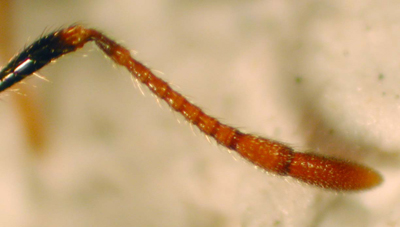
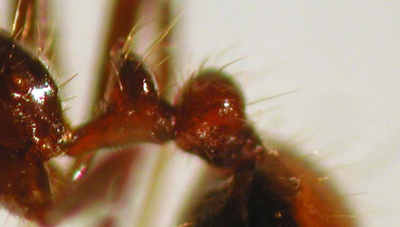
Variations in gaster color for the three types of fire ant
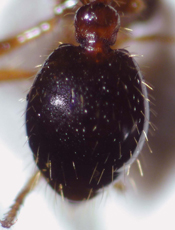
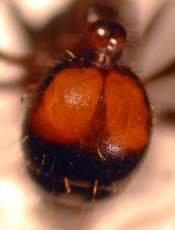

The red has a dark gaster, and the rest of its body is a lighter red. The black is darker and has a golden patch at the top of the gaster defined by distinct dark outlines. The light patch on the gaster still exists for the hybrid, but the lines defining it are hazy and indistinct. Color, however, is not a reliable way to distinguish the hybrid from either parent species. Instead, scientists rely on cuticular hydrocarbon analyses and molecular techniques to confirm a species’ identity.
The first worker ants produced in a colony are small and are called minims. As the colony grows larger workers are produced, resulting in small (minor), medium (media), and large (major) workers. Different sized workers is another identification characteristic of the fire ant.

Fire Ant Look Alikes
Properly identifying the ant species is the first step in determining the need for control. Most homeowners recognize imported fire ants by the mounds they build, or the sting the ants inflict. However, there are other characteristics to look for. Their aggressive nature relative to other ant species is one such trait. Generally, hundreds of fire ant workers will swarm out of the ant mound when disturbed and run up vertical surfaces to sting. If you are unsure of the ant species you have, contact your county Extension office for assistance with proper identification.
This poster compares fire ants, their mounds and identification characteristics to those Tennessee pest ants that are commonly encountered or mistaken for fire ants. Fire ant mounds in undisturbed locations are often dome shaped and lack a centralized opening. Zoom in when viewing this poster to increase the text size and clarity.
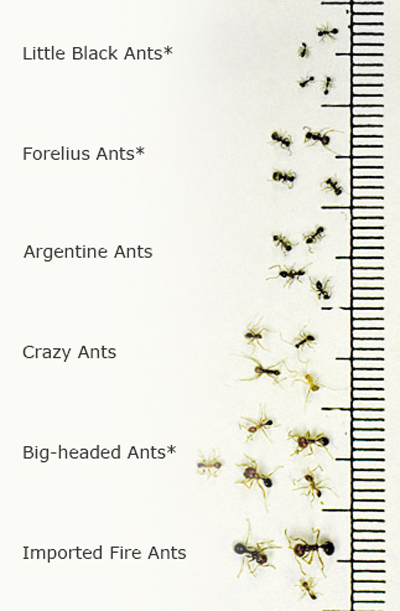
The Ants (Formicidae) of the Southeastern United States, by Joe A. MacGown, is another excellent identification tool. In addition to the amazing images, this site provides a list of Tennessee ants (Faunal Lists) and keys to aid identification.
